Proper pet safety while driving not only protects your pet—it can also protect you, your passengers, and the other drivers on the road with you.
Here’s how to keep your pets calm, comfortable, and safe while driving.

Select Safe Pet Restraints
According to a study by AAA and Kurgo Pet Products, although 84% of pet owners have driven with their pet in their car, only 16% have used a pet restraint. However, it’s not just about using pet restraints, but finding the best ones for your four-legged companion. The Center for Pet Safety (CPS) discovered that many pet restraints actually failed in vehicle crash tests. Plastic crates, in particular, are among the worst. This is because the plastic often is brittle and will splinter into sharp pieces in an accident. Fortunately, there are safe and affordable options to keep your pet safe in the car.
Pet harnesses wrap are a great solution to making sure your four-legged friend is protected. Pet harnesses wrap around your pet’s midsection, which helps to distribute force in the event that a car accident propels your pet in any direction. The harness attaches to the seat belt at three places. This also helps to distribute force and maintain the integrity of the harness. On the back of the harness is a handle which allows you to better control your pet when getting him in and out of the car. These harnesses are ideal for small to large dogs.
For other pets, such as cats and smaller dogs, mobile pet beds are often recommended as a safe option. Owners can place their pets inside the pod and restrain the pod with a seat belt. The outside of the pod is made from breathable luggage-grade nylon and has a firm protective base. Concerned your cat may claw up the nylon? Fear not. The inside of the pod is made from ballistic-strength nylon. There’s also a comfortable shoulder harness for easy carrying.
Proper restraints will not only keep your pets safe. They will also keep you, your passengers and the other drivers on the road safe as well. An anxious or excited pet that’s unrestrained can be a distraction for the driver. And distracted driving is one of the leading causes for car accidents.
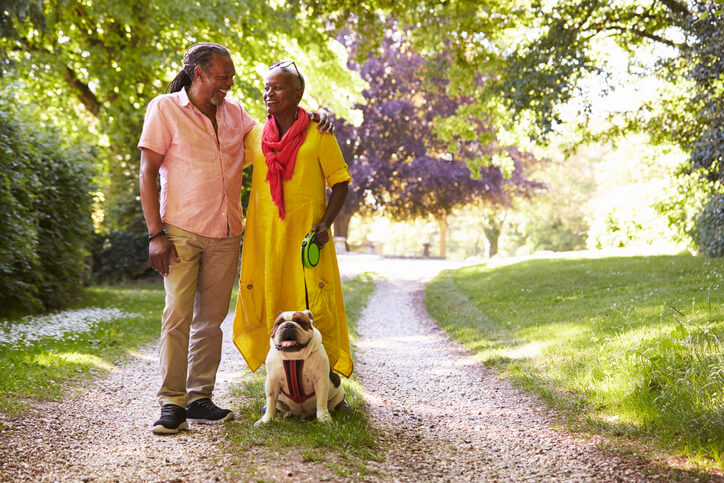
Introduce Your Pets to Riding in the Car
It’s easiest to acclimate your pets to your car when they are young, but even older pets can be trained to relax while driving.
To help your pet feel more at ease in your car, have them sit in your car while it is parked in your garage or driveway. If you can, place them in their restraint or pod. However, if that makes them too uneasy, place them in the backseat without the restraint. Keep them calm by sitting with them, petting them, and giving them a few treats. Make it a habit to do this several times a week.
If your pet is comfortable sitting in the parked car with their restraint on or in their pod, you can try driving with them, but keep your trips short. Perhaps take them up the street and then back home. Roll the backseat windows down a crack so that fresh air can flow in. Though be sure the windows aren’t open so much that your pet could escape.
If there are no protests, you can extend the trip by driving them around the neighborhood. To add variety to their day, take your pet someplace they may enjoy, such as the park, the beach, or to visit one of their furry friends. This will help to break the association between your car and the veterinarian.
Determine What’s Causing Unease
If your pets become uneasy while riding in the car, it could be because they are anxious and/or motion sick. Young pets, such as puppies, are especially prone to motion sickness. This is because the structures in their ears that control balance are not yet fully developed. Vomiting, excessive drooling, crying, inactivity, and unease are all signs of motion sickness in pets.
Your pets may also become anxious when riding in a car. This could be because car rides usually end at the vets but also because of unfamiliarity with the car, past motion sickness, or even previous car accidents.
If you believe your pet is suffering from motion sickness or anxiety, talk to your vet for their guidance.
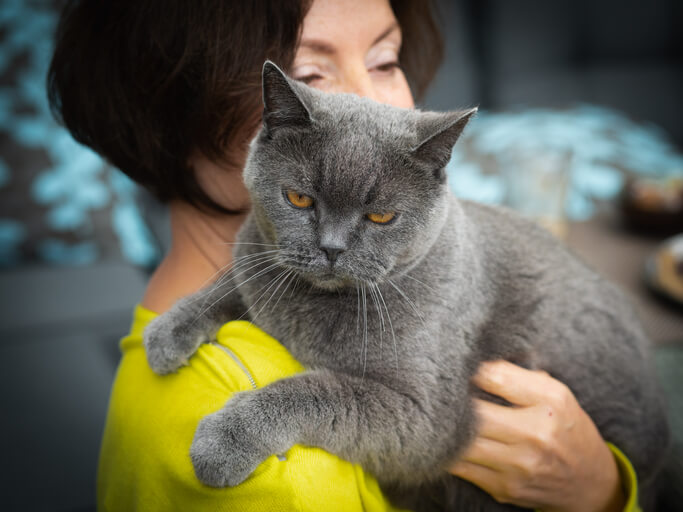
Treat Your Pets Like Passengers
You wouldn’t want your human passengers to feel uncomfortable while riding in your car, and you wouldn’t want your pets to feel that way, either. To help make your pets feel more comfortable and more like passengers (than cargo) when driving, you can:
- Find a safe place to pull over on long drives so they can stretch their legs. Be sure to leash them before letting them out of the car.
- Bring a bowl, water, and snacks so they can eat and drink. Just don’t let them eat or drink while the car is moving.
- Turn on the A/C or crack the windows to help keep them cool.
What to Avoid With Pet Passengers
- Never let your pets stick their heads out of the window while driving fast. The strong air currents can blow irritants into their eyes and damage their mucous membranes.
- Never let your pet travel in the flatbed of a pickup truck.
- Likewise, never leave your pet in the flatbed of a parked pickup truck. The metal can become so hot that it can burn your pet’s feet and body.
- Never let your pet sit on your lap while you’re driving. This is illegal in some states.
- Never leave your pet in an unattended vehicle. Even with the windows down, the cabin of a car can reach extreme temperatures. This, too, is illegal in some states.
With the right equipment and enough practice, your pet can make a great traveling companion. Whether you’re driving to a fun destination like the dog park, or a not-so-fun one like the vet, your pet should be comfortable and safe. By following these instructions, you can help ensure your pet’s enjoyment while traveling.
Disclaimer: This article is meant for information purposes only. The Hartford does not endorse or have any association with the products and/or services referenced.


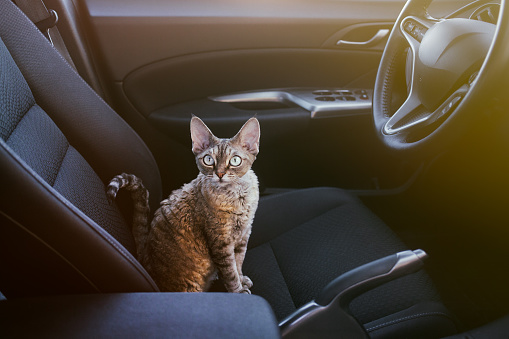


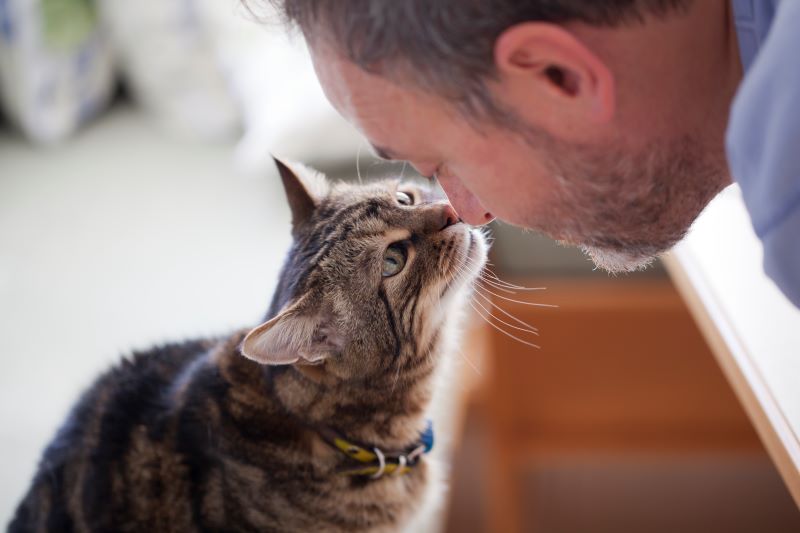
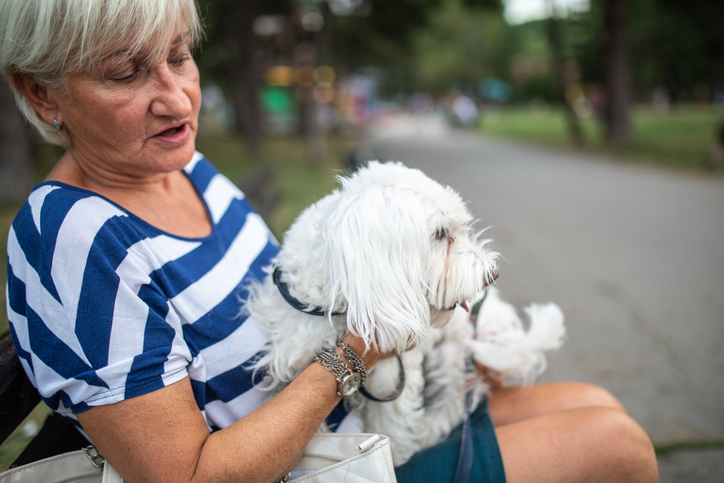

I have adopted several adult dogs over the years, a 6 y.o.; a1.5y.o. and a 3.5 y.o. and after coming home in a crate, they were bought safety harnesses complete with tethers.
Now the 2 still with me know they do not move when in a moving vehicle although they’re still tethered for safety. The third had been the same before cancer took him.
I love my dogs but they are taught from the day I get them that there are rules and they have to follow them.
Thanks for explaining that letting our dog stick their head out the window can actually end up causing damage to their eyes. My friend will be watching my dog next week and I’m hoping to find an animal transport service since I know I’ll be busy and stressed when travel day arrives. I’m glad I read your article so I can be sure to find a pet taxi service that doesn’t allow that behavior during the ride!